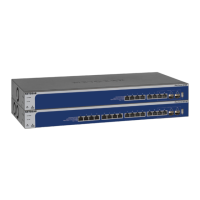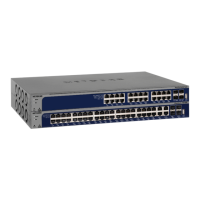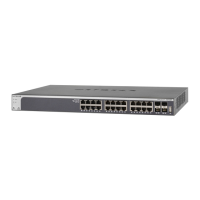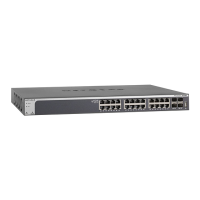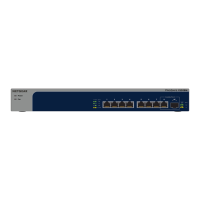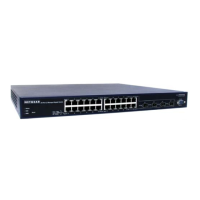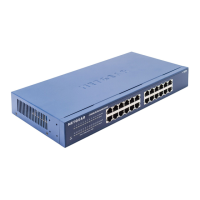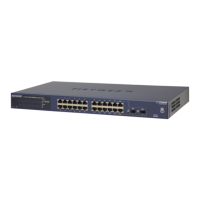Configuration Examples
423
XS708T, XS712Tv2, and XS716T Smart Managed Pro Switch User Manual
A port access entity (PAE) is able to adopt one of two distinct roles within an access control
interaction:
1. Authenticator. A port that enforces authentication before allowing access to services
available through that port.
2. Supplicant. A port that attempts to access services offered by the authenticator.
Additionally, there exists a third role:
3. Authentication server. Performs the authentication function necessary to check the
credentials of the supplicant on behalf of the authenticator.
All three roles are required for you to complete an authentication exchange.
The switch supports the authenticator role only, in which the PAE is responsible for
communicating with the supplicant. The authenticator PAE is also responsible for submitting
the information received from the supplicant to the authentication server for the credentials to
be checked, which determines the authorization state of the port. The authenticator PAE
controls the authorized/unauthorized state of the controlled port depending on the outcome of
the RADIUS-based authentication process.
Figure 1. 802.1X authentication roles
802.1X Example Configuration
This example shows how to configure the switch so that 802.1X-based authentication is
required on the ports in a corporate conference room (1/0/5–1/0/8). These ports are available
to visitors and must be authenticated before access is granted to the network. The
authentication is handled by an external RADIUS server. When the visitor is successfully
authenticated, traffic is automatically assigned to the guest VLAN. This example assumes
that a VLAN was configured with a VLAN ID of 150 and VLAN name of Guest.
1. On the Port Authentication page, select ports 1/0/5, 1/0/6, 1/0/7, and 1/0/8.
2. From the Port Control menu, select Unauthorized.
The selection from the Port Control menu for all other ports on which authentication is
not needed must be Authorized. When the selection from the Port Control menu is
Authorized, the port is unconditionally put in a force-authorized state and does not
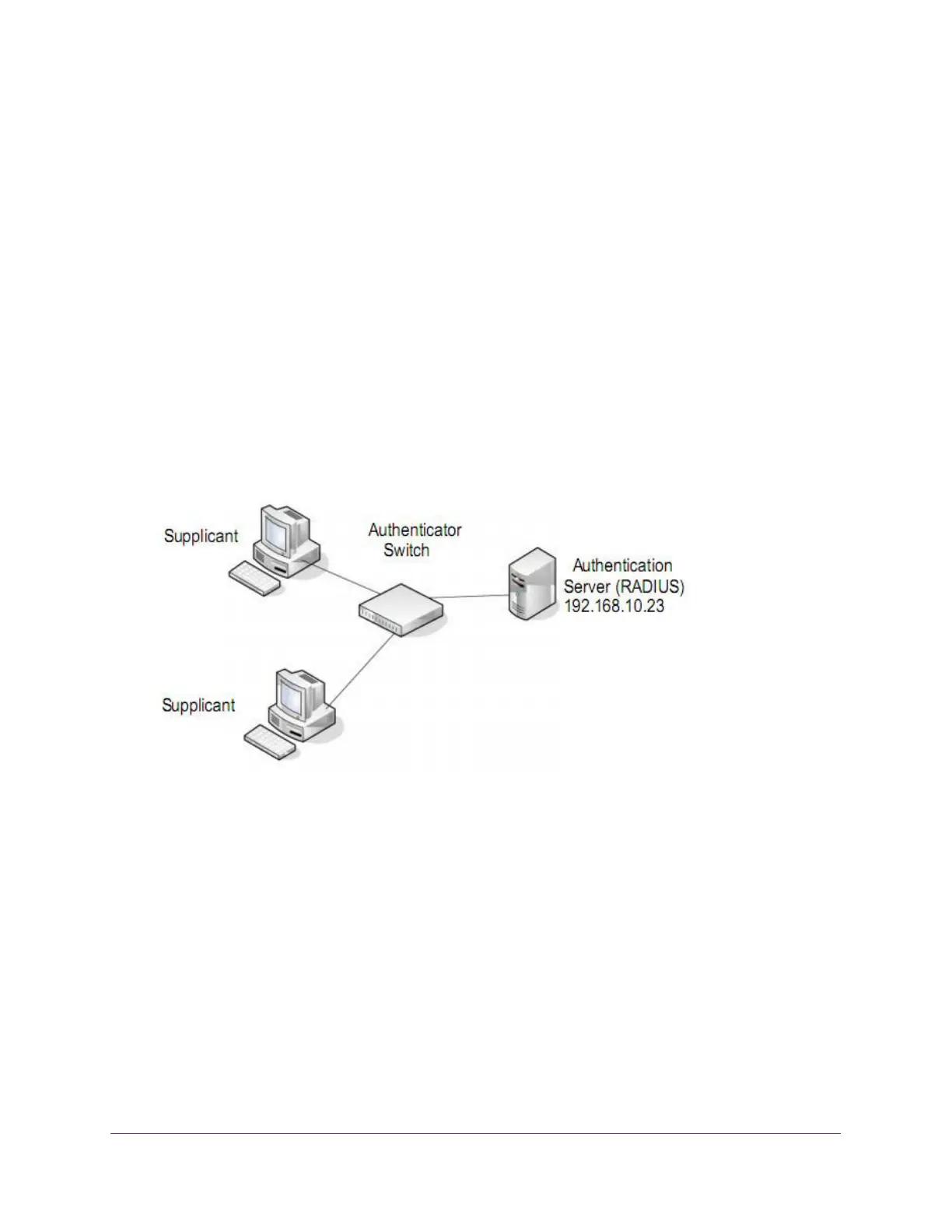